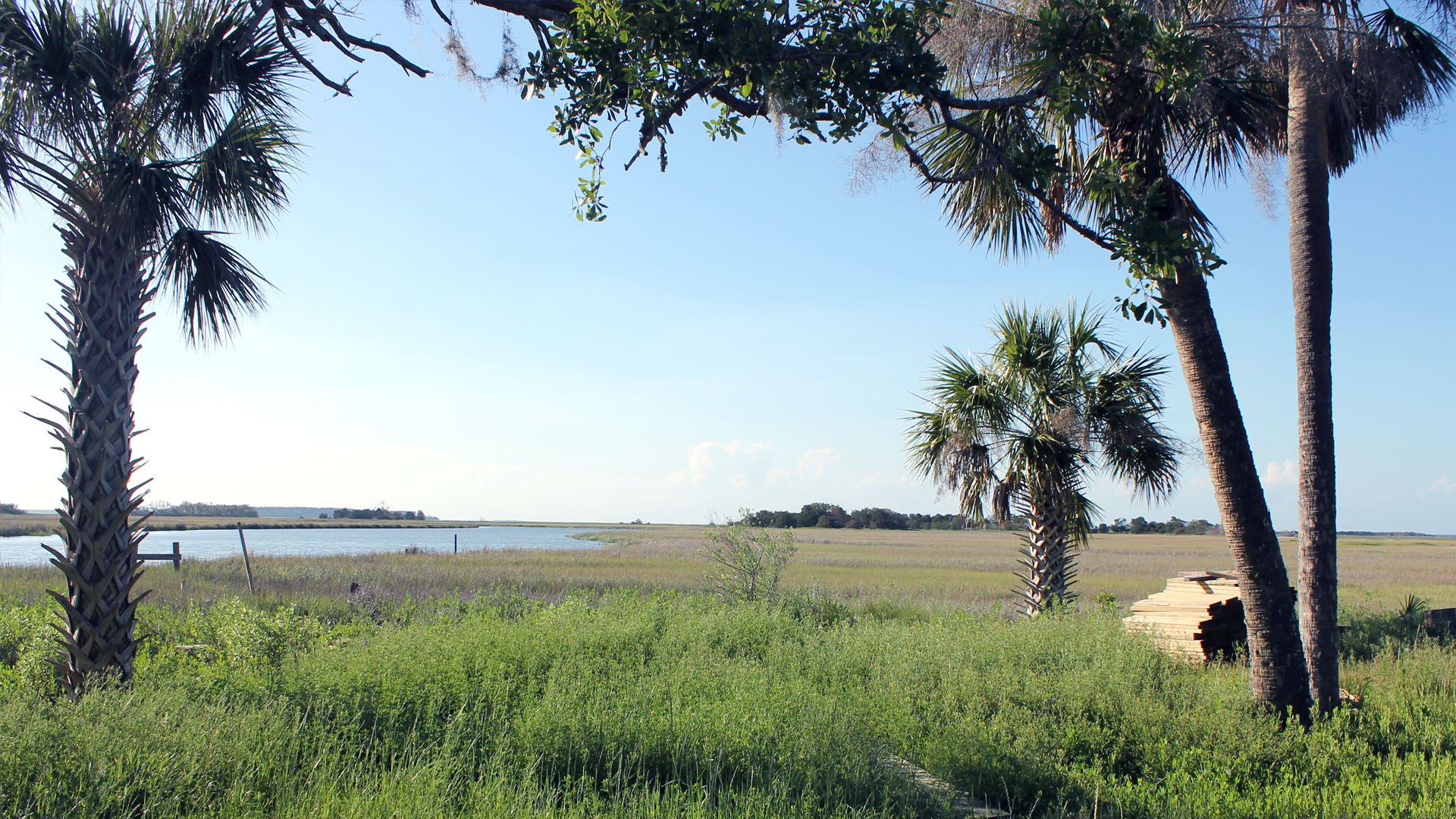
The Homeland Issue
Climate v. Culture
ST. HELENA ISLAND — On a stormy evening in October, 2016, Queen Quet hunkered down in her mother’s farmhouse on St. Helena Island, South Carolina to ride out Hurricane Matthew. Heavy rains battered the house, and wind whipped through the trees outside. It sounded to Queen Quet, chieftess of the Gullah/Geechee nation, like “everything was blowing away.”
Matthew uprooted trees, tore docks from their moorings, and washed toxic runoff into the Harbor River. But the Queen’s people have seen worse. Since Europeans brought them to America on slave ships, the Gullah have endured slavery, war, gentrification, and reckless development along the coast. Now, climate change threatens the land and culture they’ve fought so hard to preserve.
The Gullah, who number around 200,000 people, live scattered across the lowcountry and sea islands from Cape Fear, North Carolina to Jacksonville, Florida. It’s beautiful land. On St. Helena Island, sprawling oaks and palmettos cluster around old farmhouses. Crop fields, lush and wet, line dirt roads. Beyond the trees and docks and rusting fishing boats, green-gold marshes melt into the sea.
The Gullah (Geechee in Georgia and Florida) have called this land home for centuries. They speak their own language — a legato patois spun from English and several African languages. Their traditional way of life, which draws from Central and West African cultures, is as firmly rooted in the land as the spartina grass that blankets the marshes here. Many Gullah traditions, like weaving baskets and pouring libations to ancestors, trace back to West Africa. But others were born in the South, in this crucible of brutality and resistance, made by hard-working people trying to carve a living from the land.
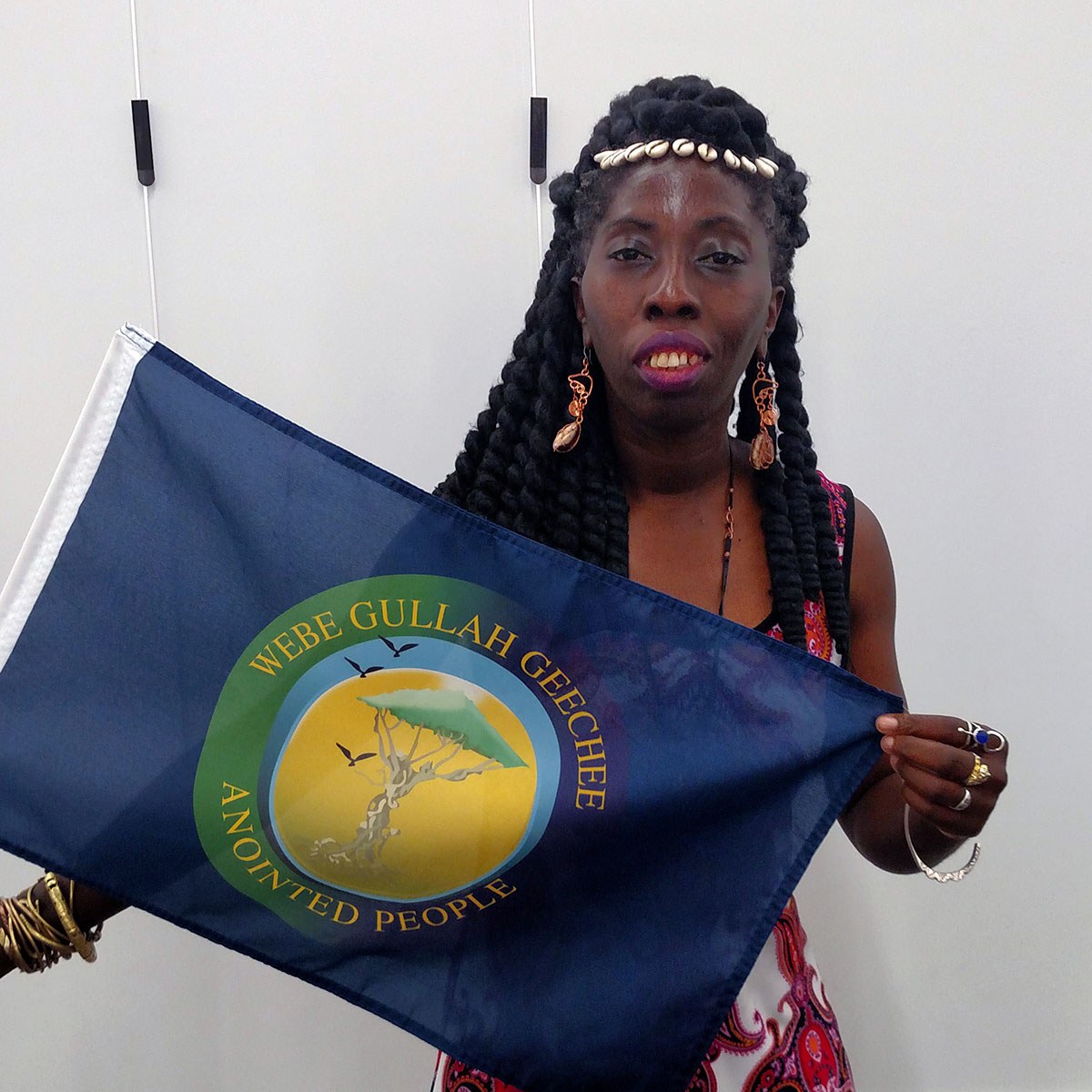
It was a smell in the air, a change in the clouds, what the birds were starting to do that told us if a storm was coming QUEEN QUET
Subsistence farming, hunting and fishing still dominate here. Even the Queen grows her own sweet potatoes. Ed Atkins, a 66-year-old Gullah fisherman, still uses handsewn nets to catch shrimp. He’s been fishing these waters for so long he says he can smell shrimp clumped below the surface. “I know the secret places,” Atkins told me, as we took shelter from the heat in his one-room bait shop. “Even if I told you, you wouldn’t be able to find them.”
Atkins sells some of his catch. But a “take only what you need” ethic prevails in the Gullah community, who depend on the health of the land for survival. You might call folks like Atkins and Queen Quet environmentalists — but they’re not the crunchy, toe-shoe-wearing kind. For them, conservation is personal. “Our culture is inextricably tied to the land and water,” Queen Quet says. “The land is our family and the waterways are our bloodlines.”
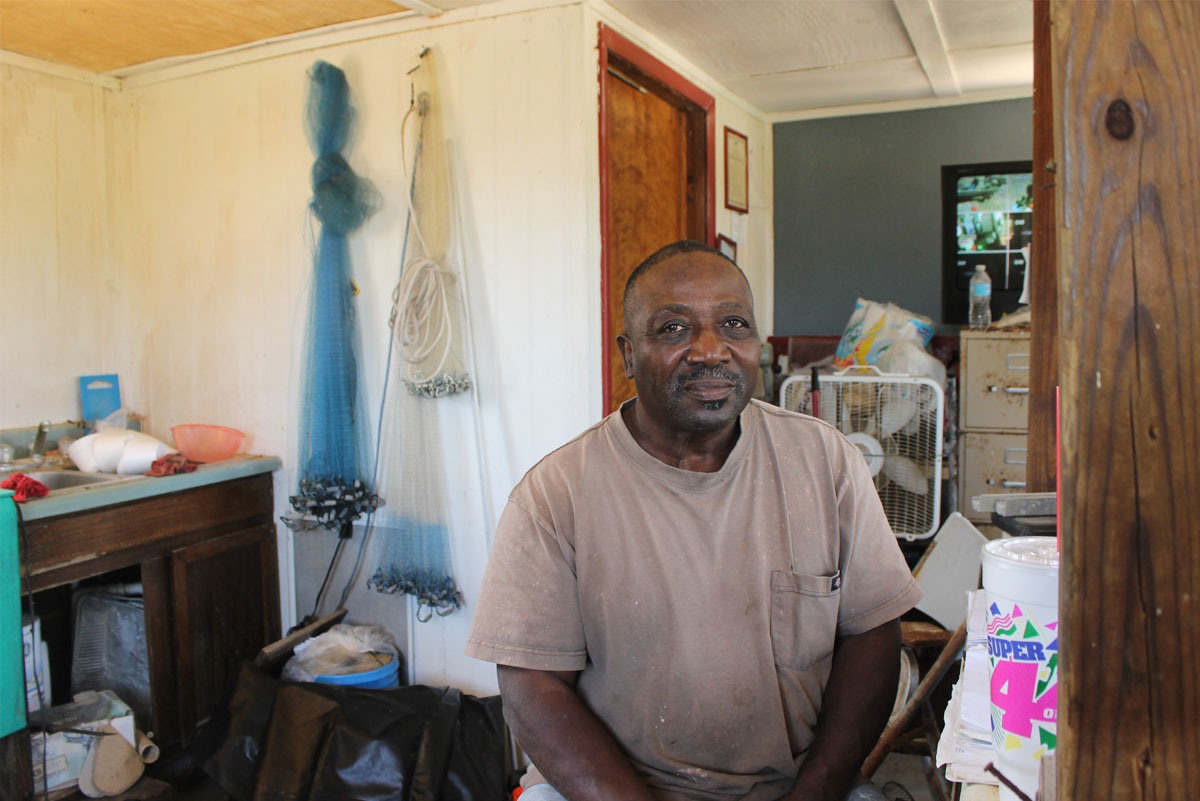
This bond with the land has allowed the Gullah to thrive for centuries, and it could help them prepare for worsening weather. Traditionalists don’t build on the marsh, to avoid floods. And they never clear cut, since trees protect buildings from high winds. Some still use natural signs to detect impending danger. “It was a smell in the air, a change in the clouds, what the birds were starting to do that told us if a storm was coming,” Queen Quet recalls.
But for a culture rooted in the land, climate change also poses a unique threat. Like many minority communities in the United States, the Gullah people are especially vulnerable to rising seas. “In coastal shoreline counties nationally, we see that communities of color are disproportionately vulnerable to sea level rise,” Nicole Hernandez Hammer, Southeast climate advocate for the Union of Concerned Scientists, told me. According to Hammer, they tend to have fewer resources than white communities, and often receive inadequate attention from policymakers.
“If you’re in South Carolina in a rural area, who’s going to provide what’s needed for you to stay where you are?” Hammer asked.
In the Southeast, where summers are already broiling, experts say temperatures could jump by up to 4 degrees Celsius by the end of the century. In Gullah territory, this could cause sea levels to swell by as much as a meter. Beaches will vanish, marshes will sink into the sea, and tides will push salt water further inland. Already, nearly 485 hectares of South Carolina’s barrier islands have already washed away. And each year, tidal flooding submerges roads, destroys homes, and strands people without electricity or water. By mid-century, the region could see ten times as many of these floods each year.
According to the Gullah people, subsistence farming could be the first piece to go. Already, okra grows half as high as it used to, now that the soil’s saltier. Oyster and shrimp schools are dwindling too, as the ocean grows warmer and more acidic. Because oysters harvested in hot water can be toxic, rising temperatures have already shaved a month off of oyster season, says Atkins.
The Gullah do receive some support from nonprofits, universities, and government agencies. The U.S. Fish and Wildlife Service has worked with the Gullah on conservation projects, and in 2006, Congress passed the Gullah/Geechee Cultural Heritage Corridor Act, which provides money to protect Gullah lands and culture. But by and large, the community largely fends for itself.
Since 1996, the Gullah/Geechee Sea Island Coalition, a local nonprofit run by Queen Quet, has been rebuilding oyster beds, restoring damaged coastlines, and planting spartina grass in the marshes. Last December, Queen Quet represented the Gullah community at the United Nations climate change negotiations in Marrakesh, Morocco — the group has been known for making noise about climate change since before it became a mainstream issue.
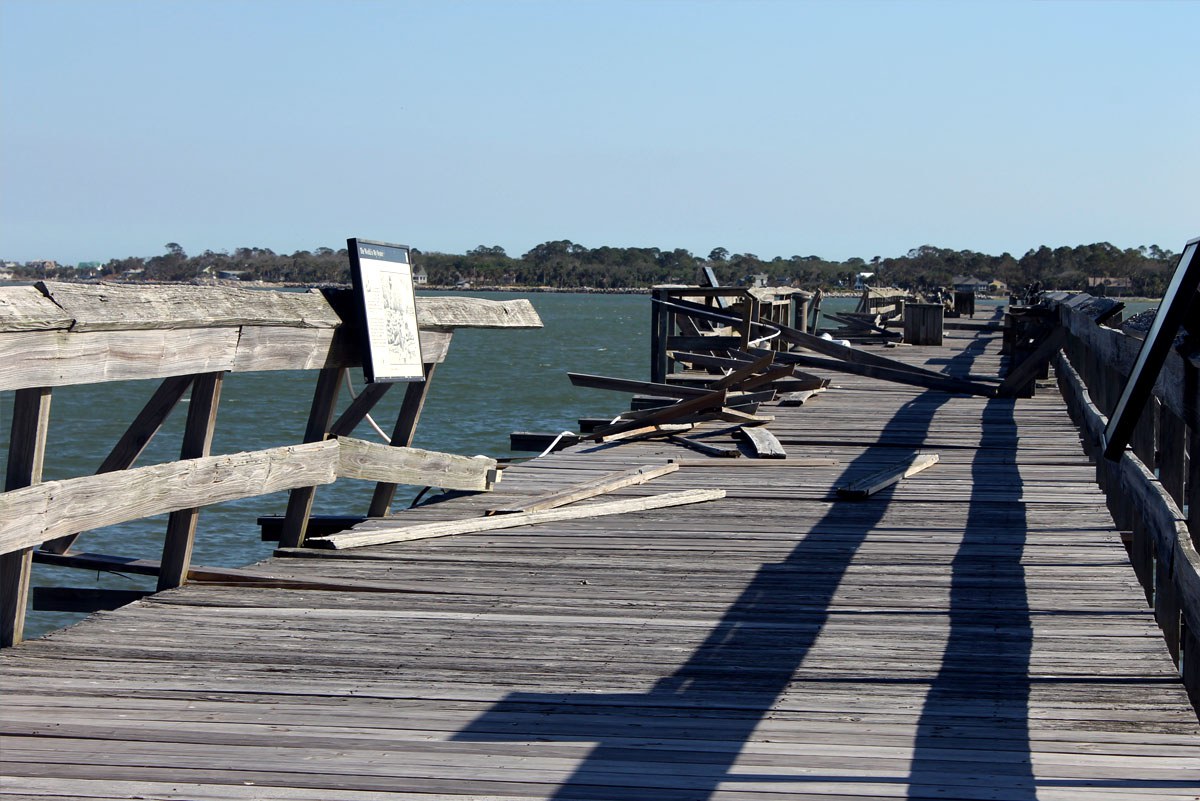
Yet many fear the new U.S. administration threatens to erase even these modest gains. Since taking office in January 2017, our current president has gutted environmental protections, opened up portions of the Atlantic coast to oil and gas exploration, and rolled back his predecessor’s efforts to curb greenhouse gas emissions. The Environmental Protection Agency, which is largely responsible for preparing the country for climate change, could also see its budget slashed by 31 percent. (The EPA did not respond to repeated requests for comment).
Meanwhile, many Gullah are already leaving home. Two of Atkins’s sons live in Washington, DC, and another lives in North Carolina. Atkins inherited the bait shop from his father, who started the business in 1957, but he’s not sure who he’ll pass it on to when he goes. “It’s probably going to go down,” he told me.
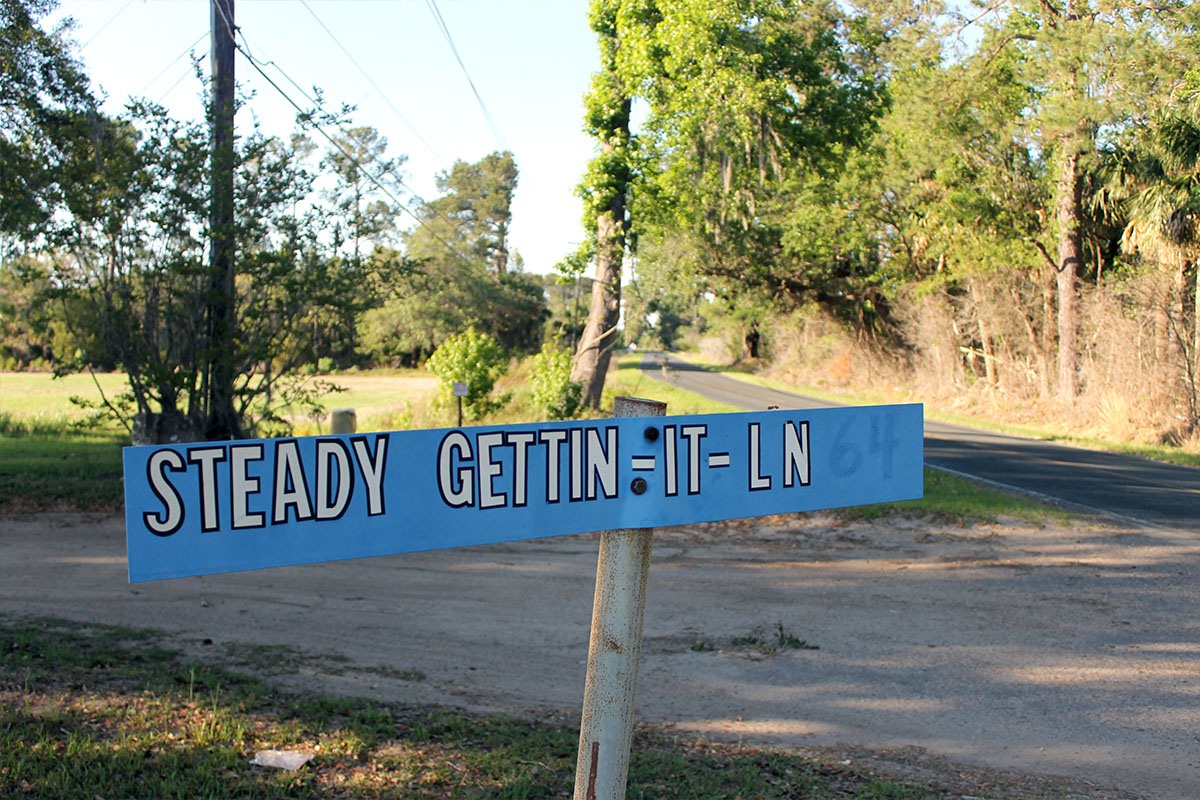
Outsiders are also moving to the sea islands “at an alarming rate,” Atkins added. He estimates nearly 60 percent of people who live in Beaufort County are Gullah. But that’s changing. Non-Gullah newcomers, or “cumyas” are building homes and private docks on the islands. Their cars and boats and lawn chemicals are polluting the waters, and killing oysters, shrimp and fish. Traditionalists are struggling to keep their customs alive as the community fractures.
For the Gullah, weathering this toxic mixture of development, pollution, and climate change will be one hell of a challenge. If temperatures keep rising and seas keep swelling, “don’t look for this place to be here in ten or fifteen years,” Atkins says.
But for now, many in the Gullah nation are determined to preserve their way of life on traditional lands.
“I’m not a retreating kind of girl,” says Queen Quet. “You have to learn to stand and fight.”
Atkins shares her determination. “It’s a mess,” he told me. “But people down here, they know how to survive.”
Introducing Folknography: A Study of Gullah Culture (Ohio University)
Yes, Climate Change Does Kill People of Color More (Newsweek)
Why We Need Indie Movie Daughters of the Dust Right Now (Rolling Stone)
Casey Williams is a North Carolina-based freelance writer. He previously worked at the Huffington Post covering the environment, science, and technology.